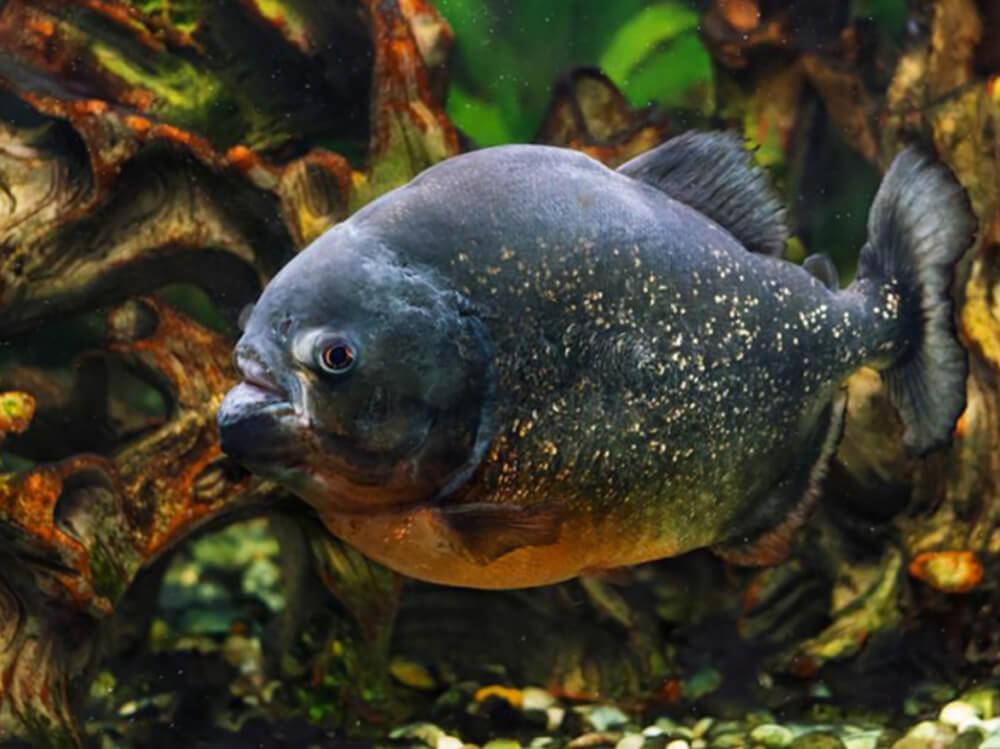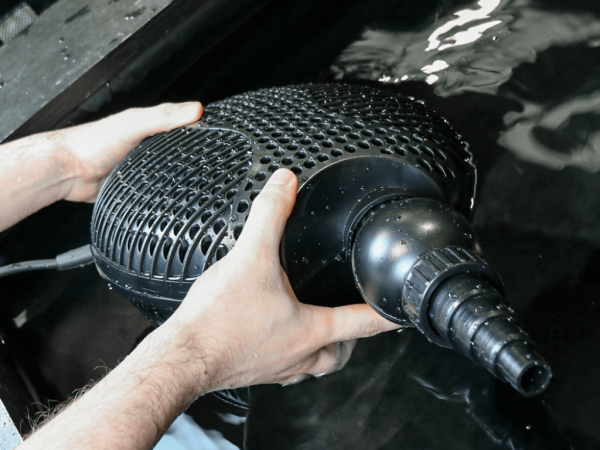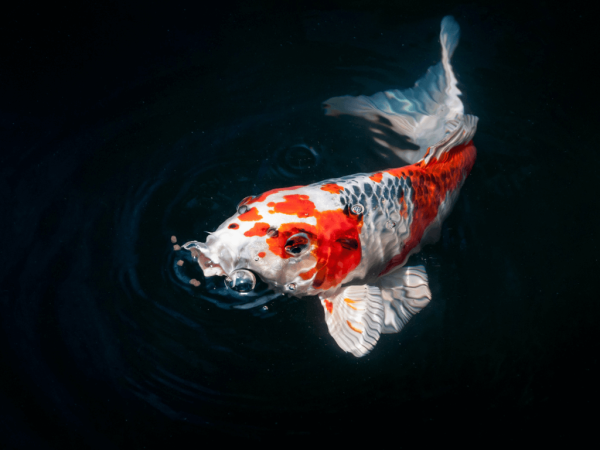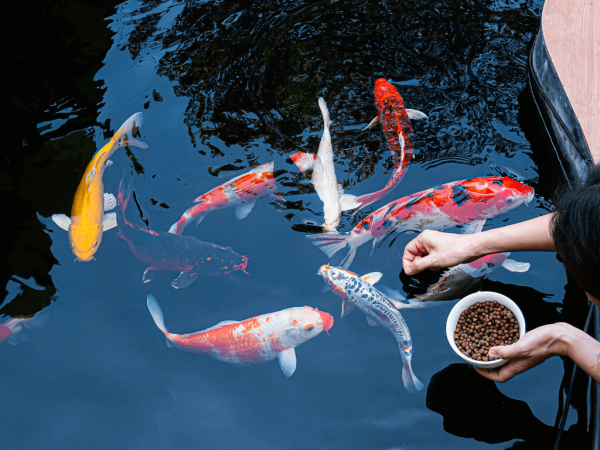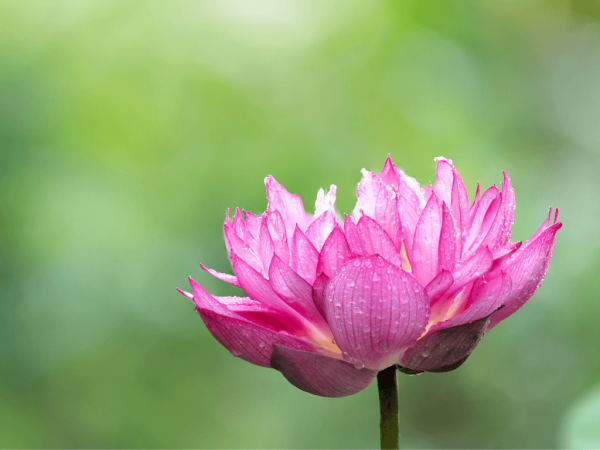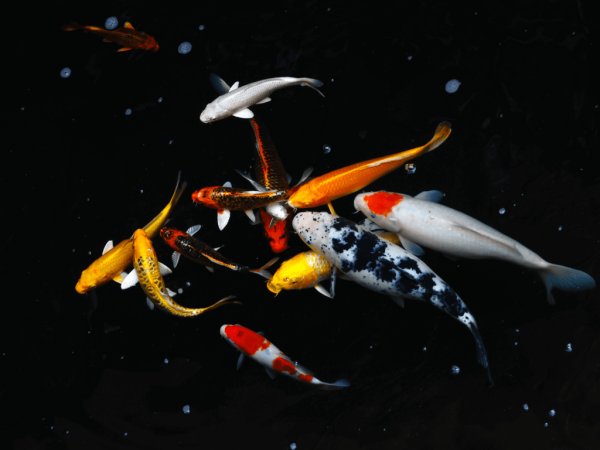The Swell guide to oddball aquarium fish
Oddball is the term used to describe an aquarium fish that may look or behave unusually and is not suitable for the average community tank.
Oddballs may be predatory of small fish, grow large or have specialist needs. Some oddballs may even need to be kept as a single specimen in a tank on their own.
Oddballs are popular however because of their looks, shape and character. Popular oddballs include Polypterus, Snakeheads, Pufferfish, Knifefish, Stingrays, Tigerfish and Piranha. All of the above eat meaty foods and appeal to those fishkeepers who like fish that can bite. Oddballs are treated more like pets than a shoal of Neon tetras would be and being long-lived, they often become part of the family.
Oddball fish care
Some oddballs like Polypterus, Snakeheads and Lungfish are extremely hardy in the wild and can breathe air and even travel across land. With large size and meaty diets come large amounts of waste however so all oddball aquariums should be well filtered. A large external filter or two are often the order of the day for oddball aquaria.
Tank size depends on the species being kept. Many oddballs require a five or six foot tank as a minimum, while others like dwarf snakeheads, gobies and leaffish can be kept in standard-sized aquaria long term. Huge oddball species like Arowana need giant custom-built aquaria and consideration should be given to their eventual size of three feet, longevity and the cost of feeding them and powering a huge tank for twenty years or more.
If you intend to keep large, powerful freshwater fish then heaters should be protected by a cage or better still built into the external filter or fitted inline, into filter pipework. All oddball aquaria should be covered to prevent your prized pet from escaping or jumping out.
Lighting should be subdued for all oddball species, especially nocturnal species and those that like to hide. A single low powered LED lamp can look very effective, lighting just a small area of the tank or placed on an angle to mimic sunset through trees above.
Decor for oddball fish
The needs of the fish should always be the first consideration so adequate hiding places should be provided, and if you keep several species that like to hide together, offer at least one hiding place per fish. This can be simple caves, flowerpots and pieces of pipe, with many species finding simple plastic pipe to put their bodies into and poke their heads out, a comfort.
For a much more natural look create a slice of river like the habitat your freshwater oddball fish naturally inhabit. Use a bed of soft sand and large driftwood pieces with large, smooth stones. Use artificial plants, hardy live plants like Anubias or omit plants altogether to replicate a dark river habitat. Fit a black background or structured background to complement the dark theme, and make the fish feel more secure. Don’t use any sharp decor as large oddballs can injure themselves if startled.
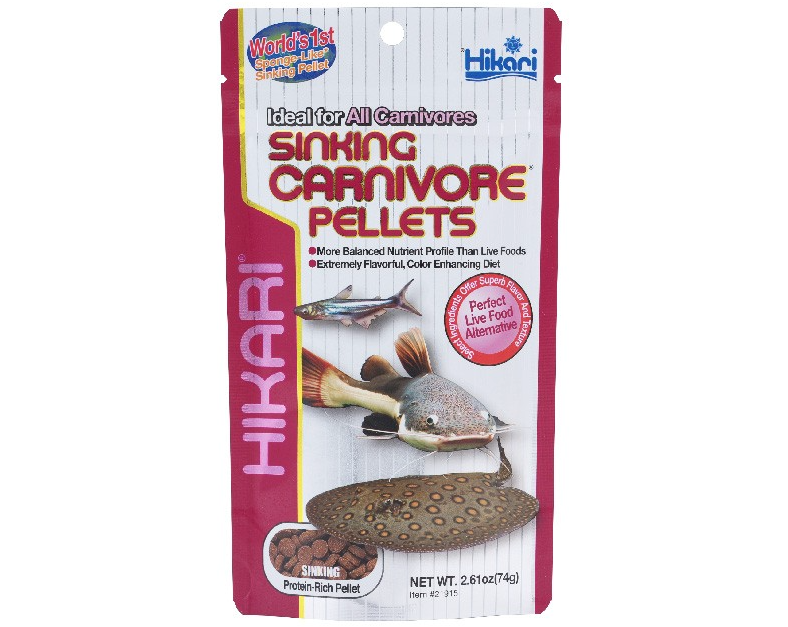
Feeding oddball fish
Many oddball species are predatory in the wild, dining on other smaller fish and invertebrates in their habitat. Live fish should not be offered as food in captivity as the practice is actually prohibited under the Live Fish Welfare Act, it can introduce disease, and it's not necessary.
The best diet for all oddball species is a good brand of dry food which offers a complete diet and all the vitamins and minerals your fish needs to grow and stay healthy. If they won’t accept dry foods at first try waggling the food in the water to make it look like live foods, or throw the food onto the surface from a distance while hiding away. Offer frozen food like cockle, mussel, prawns, Lancefish and Whitebait, but try pushing dry food pellets into the food to offer more nutrition - a popular trick in public aquaria.
Oddball tankmates
Every oddball species should be researched as to its temperament and what other fish it can mix with. Red Bellied Piranha should be kept in large shoals on their own. Black Piranha, a larger, even more fierce species, should be kept alone as the only fish in a tank. Pufferfish are best kept in single species aquaria where as Polypterus are peaceful and can mix with any fish too large to eat or small enough not to eat them.
As a general rule keep all oddball tropical fish species with similarly sized species so that one doesn’t eat the other. Common plecs and Sailfin plecos with their large size and armoured bodies make great tankmates for virtually any oddball tank, and they will graze algae too. A single trophy specimen like a Black piranha can actually be a boring fish long term, doing very little. If you only have one tank and want maximum oddball enjoyment opt for half a dozen oddball species that will mix together.
Image by Retro Lenses - Own work, CC BY 4.0, https://commons.wikimedia.org/w/index.php?curid=88975784




